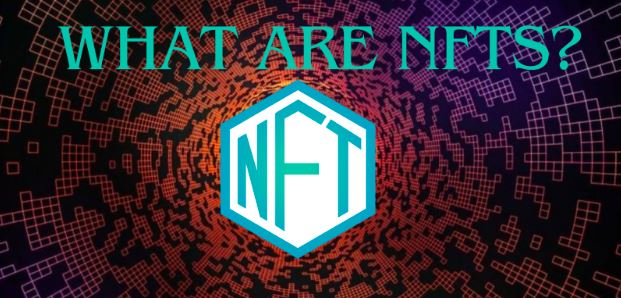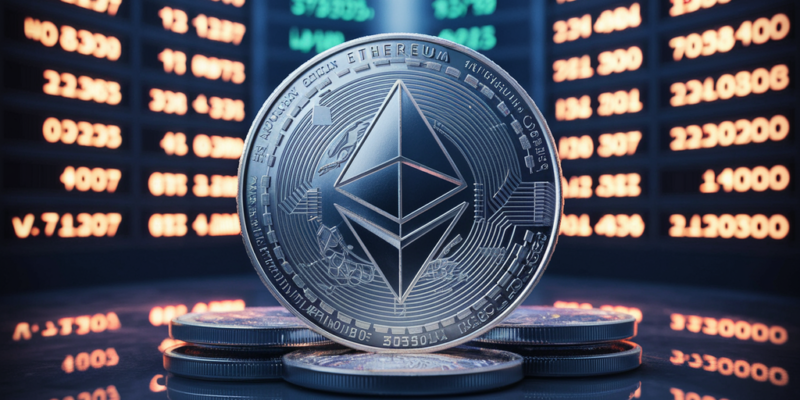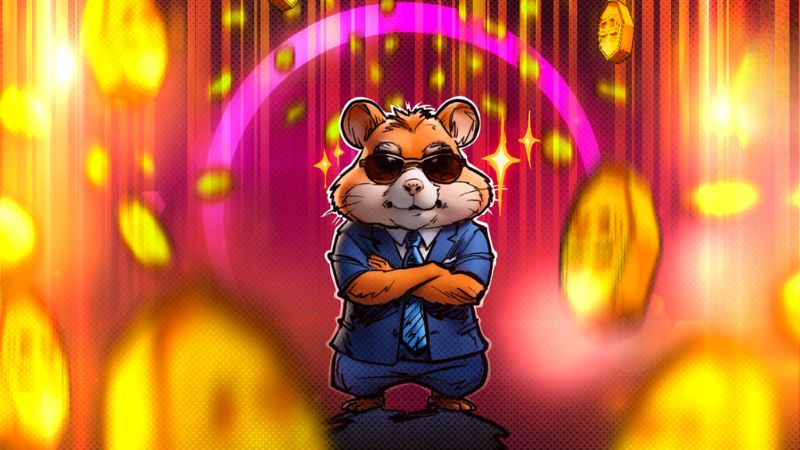In recent years, you may have heard a lot about NFTs—but what exactly are they? Simply put, NFTs are a new type of digital asset that’s transforming how we think about ownership and value in the digital world.
They’re linked to everything from digital art and music to virtual real estate and collectibles. Let’s dive into this exciting world and explore what NFTs are, how they work, and why they matter!
What Does NFT Stand For?
NFT stands for Non-Fungible Token.
- Non-Fungible means that something is unique and cannot be replaced with something identical. For example, a Bitcoin is fungible because you can swap it with another Bitcoin and still have the same value. However, an NFT is one-of-a-kind.
- Token refers to a unit of value stored on a blockchain, a digital ledger that tracks ownership and transactions.
So, an NFT is a unique digital asset that represents ownership of a specific item, stored securely on a blockchain.
How Do NFTs Work?
NFTs work using blockchain technology, the same system behind cryptocurrencies like Bitcoin and Ethereum. When you buy an NFT, a transaction is recorded on the blockchain. This transaction proves your ownership of the digital asset.
Unlike cryptocurrencies, which are interchangeable (one Bitcoin equals another), NFTs are unique. Each one has its own value, and no two NFTs are the same.
What Can Be an NFT?
NFTs can represent almost anything digital. Here are a few examples:
- Digital Art: Artists can create one-of-a-kind digital artwork and sell it as NFTs.
- Music: Musicians are turning their songs and albums into NFTs, allowing fans to own a piece of their work.
- Collectibles: Think of trading cards or other memorabilia, but in digital form.
- Virtual Real Estate: Some platforms let you buy and sell land in virtual worlds, like Decentraland or The Sandbox.
- Videos and GIFs: Unique video clips or GIFs can be sold as NFTs.
NFTs are a way to prove ownership and authenticity in the digital space, which was previously hard to verify.nd authenticity in the digital space, which was previously hard to verify.
Why Are NFTs So Popular?
NFTs have gained a lot of attention for several reasons:
- Ownership of Digital Goods: In the digital world, it’s hard to prove who owns a piece of content since it can be copied easily. NFTs solve this problem by providing verifiable ownership.
- New Opportunities for Creators: Artists, musicians, and creators can now sell their work directly to their audience without the need for intermediaries like galleries or record labels.
- Scarcity: The rarity of NFTs makes them valuable. When creators limit the number of NFTs available, they become even more sought after.
- Potential for Profit: Some early buyers have made significant profits by reselling NFTs. For example, digital artwork and collectibles have sold for millions of dollars at NFT auctions.
How to Buy an NFT?
- Set Up a Digital Wallet: You’ll need a digital wallet to store your NFTs and cryptocurrencies. Popular options include MetaMask and Coinbase Wallet.
- Purchase Cryptocurrency: Most NFTs are bought with Ethereum (ETH), a popular cryptocurrency. You can buy ETH through exchanges like Coinbase or Binance.
- Find an NFT Marketplace: Platforms like OpenSea, Rarible, and Foundation are popular places to browse, buy, and sell NFTs.
- Buy Your NFT: Once you find an NFT you like, simply follow the steps to purchase it using your digital wallet.
What Makes NFTs Valuable?
Several factors contribute to the value of an NFT:
- Rarity: The more limited the supply, the more valuable an NFT can become.
- Creator’s Reputation: Work by well-known artists or creators tends to sell for higher prices.
- Demand: Just like physical collectibles, the demand for an NFT can drive its price up.
- Utility: Some NFTs come with added benefits, like exclusive access to events or special content.
However, not all NFTs are guaranteed to increase in value. Like any investment, buying NFTs carries some level of risk.
Explore the Advantages of NFTs?
NFTs offer several benefits:
- Proof of Ownership: NFTs provide verifiable proof that you own a specific digital item, something that’s been hard to establish in the past.
- Direct Support for Creators: NFTs allow creators to sell their work directly to consumers, cutting out middlemen and ensuring they keep more of the profit.
- New Possibilities for Collectors: Collectors can build digital portfolios and enjoy the thrill of owning one-of-a-kind items, much like physical collectors enjoy rare paintings or baseball cards.
Risks and Challenges of NFTs
While NFTs are exciting, there are some risks and challenges to be aware of:
- Volatility: The market for NFTs is still young and can be unpredictable. Prices can fluctuate quickly.
- Environmental Impact: Blockchain technology, especially Ethereum, uses a lot of energy, which raises concerns about its environmental footprint.
- Copyright Issues: Buying an NFT doesn’t automatically give you the copyright to the content. It’s important to understand that ownership of an NFT doesn’t always mean ownership of the original digital file.
The Future of NFTs
NFTs are still relatively new, but their impact on digital ownership is undeniable. They’re already transforming the art world, gaming, and entertainment industries.
As more people learn about NFTs and their potential, we can expect to see them expand into new areas like education, virtual goods, and more.
NFTs may not be a passing trend—they’re shaping the future of how we buy, sell, and interact with digital assets.





